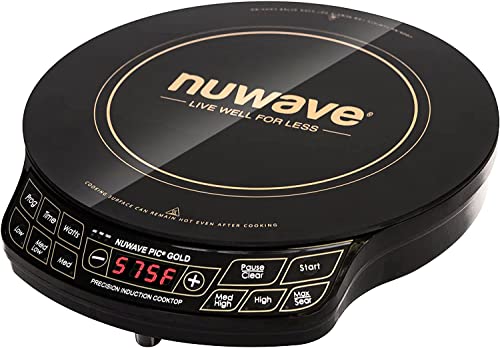Like everyone else, I'm following and contributing to several threads, so if this was addressed, I might have missed it.
Lets drill a bit deeper into the original question:
Reason I am asking is ...... I am confused about how the my truck alternator (2012 Ram PU) will respond to a full starter battery and a depleted house bank.
Going back to this original post, you mention that your GC batteries will be
depleted...why would that happen?
Do you expect to deplete them daily or weekly and possibly have no solar input at all?
Or are you asking just in case this
might happen, at some time, with several days of overcast skies or parked under trees for a week or three?
In other words, are we addressing an expected regular occurrence or a backup strategy?
Because if you plan (or expect) to 'deplete' those batteries regularly, your out-of-pocket expenses could go up a LOT more compared to having a properly-sized solar array to keep them from getting 'depleted'.
If you are operating a 12v fridge, the LV cut-out circuit in that unit SHOULD shut it down before the GC batteries are 'depleted'. If you kept operating other items, then you COULD deplete the batteries...but why would you do that? Most of us would begin conserving power use until the solar input can 'top-up' the batteries.
If you only expect normal, light use, and regular topping-up with solar, then the very robust and forgiving GC batteries will easily tolerate normal vehicle alternator voltages for the short periods of time during your stated drive times of 25-150 miles.
If the GC batteries DO get deeply depleted, then when they are paralleled with the starter battery, they will see a HUGE influx of current from your healthy starter battery, more or less rapidly equalizing the level of both sets of batteries, and the alternator output will be divided between 3 partially depleted batteries.
So my question is:
What will you be doing, or not doing, to keep those GC batteries in good health when you are off grid, off shore power, and using them during your boondocking expeditions?









































































